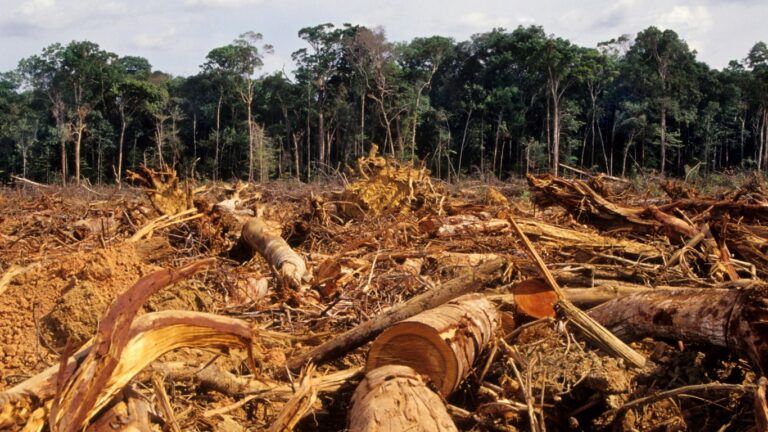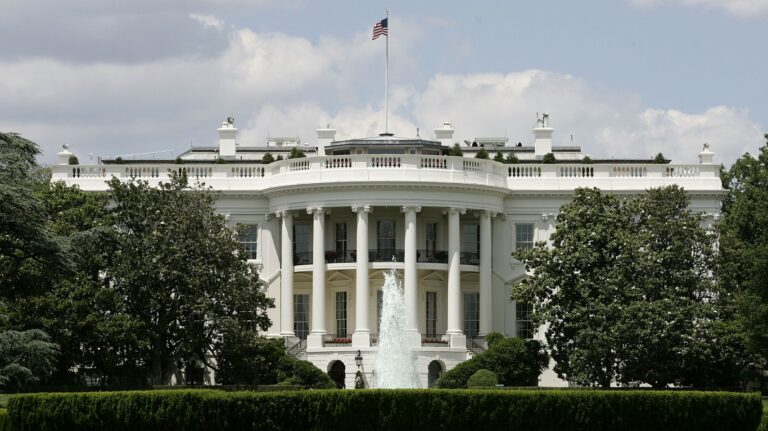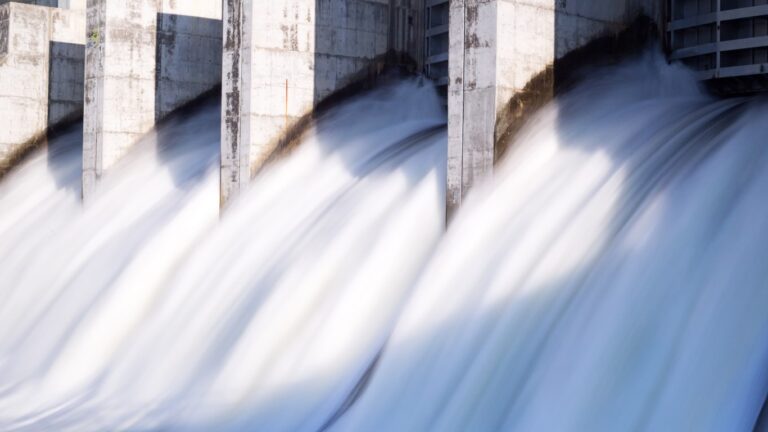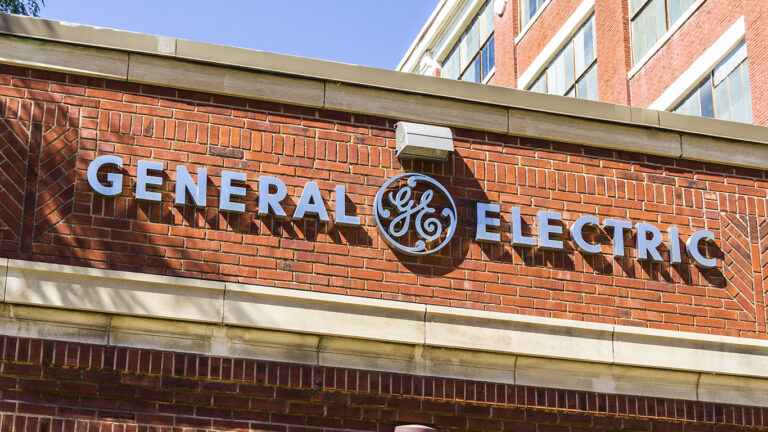Nuclear Energy Deaths Are Near Zero
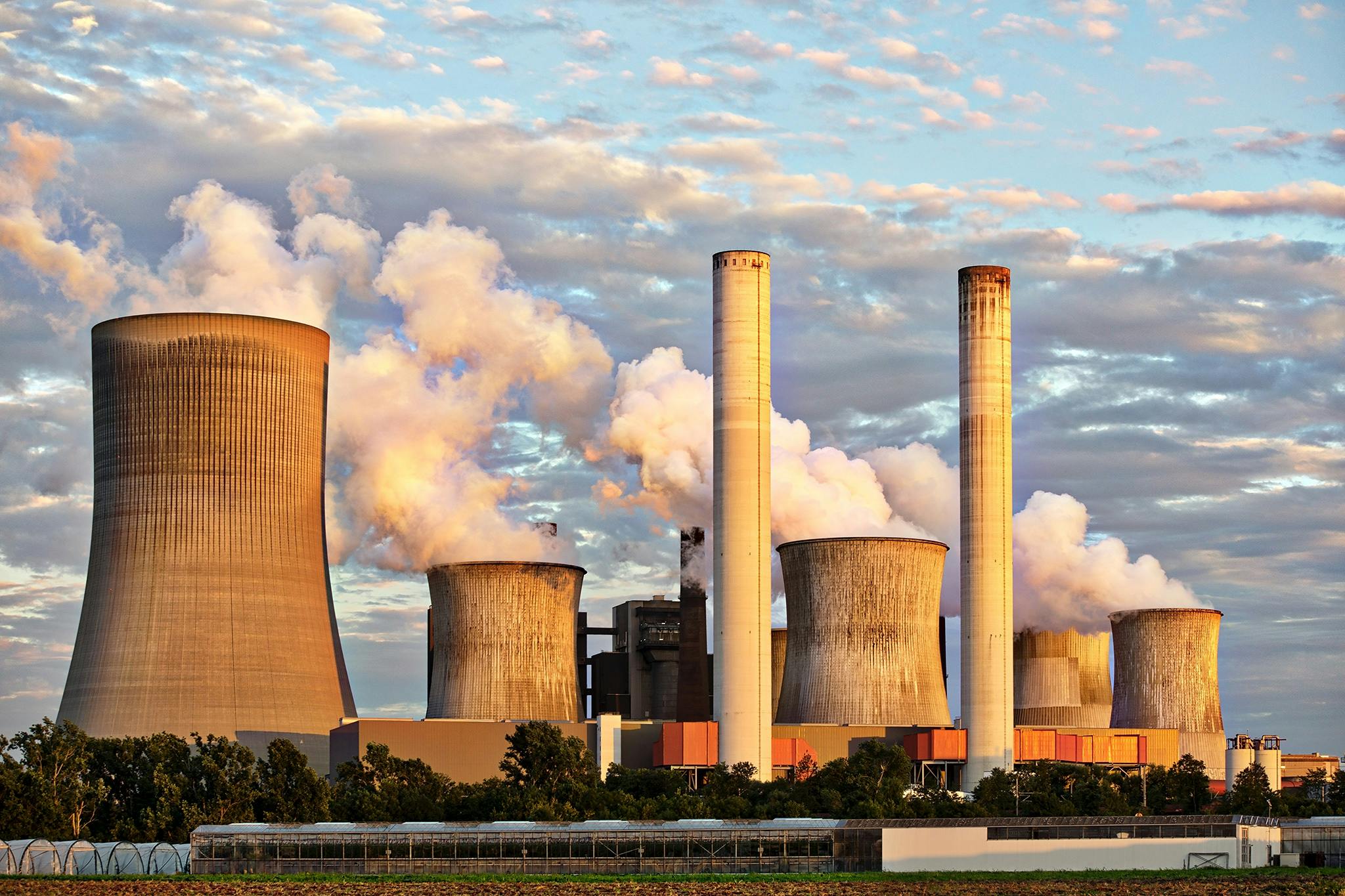
A new study of death rates from accidents and air pollution based on energy sources. According to Semafor, “The rules governing reactors are based on the theory that because large doses of radiation are very dangerous small doses are likely somewhat harmful.”
When measured by “deaths per terawatt hour of energy production”, coal by far the most dangerous at 24.6 which Semafor points out is 820 times the rate of nuclear. Oil’s rate is 18.4.
This mistaken notion about nuclear power is almost certainly based on events like the accident at Three Mile Island in 1977. Several studies that followed show that even if people approve of nuclear energy, they would not want a plant even several hundred miles away from them.
Back To Coal?
There may be a change in the perception of nuclear power if small modular nuclear reactors are successful. An IAEA analysis of these shows that, because of the way they are built, “These increased safety margins, in some cases, eliminate or significantly lower the potential for unsafe releases of radioactivity to the environment and the public in case of an accident.”
If the news is followed by a growth in nuclear power in the U.S., it may be the only way to offset a sharp rise in the use of AC and electricity-hungry data centers. While solar energy is growing quickly, wind is not. Infrastructure problems and a lack of funding hinder wind energy development. A sharp increase in electricity demand means higher consumer bills, a chance of blackouts, and a move back in the direction of coal. And, coal is, as the report says, more dangerous.
Sponsor
Find a Vetted Financial Advisor
- Finding a fiduciary financial advisor doesn't have to be hard. SmartAsset's free tool matches you with up to 3 financial advisors that serve your area in 5 minutes.
- Each advisor has been vetted by SmartAsset and is held to a fiduciary standard to act in your best interests. Get on the path toward achieving your financial goals!
More from ClimateCrisis 247
- Expensive Technology Creates Clean Water For The Poor
- U.S. Energy Official Calls 2050 Environment Goals A “Train Wreck”
- Wildfire Smoke Cuts $1 Trillion In American Wages
- America’s Disappearing Beef Supply


